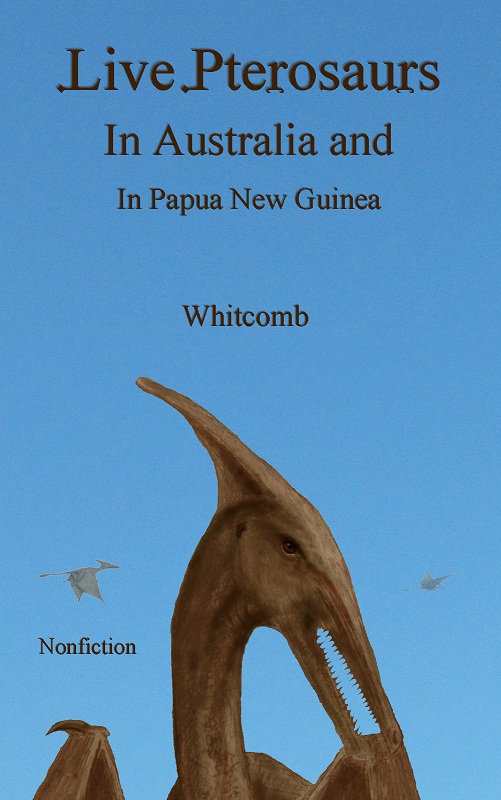By Jonathan David Whitcomb, executive director of Animal Discovery
I was delighted to receive a long email early in October of 2021 from a man in a rural area of Nevada. His close encounter with a huge ropen one night apparently relates to missing and killed animals on nearby farms.
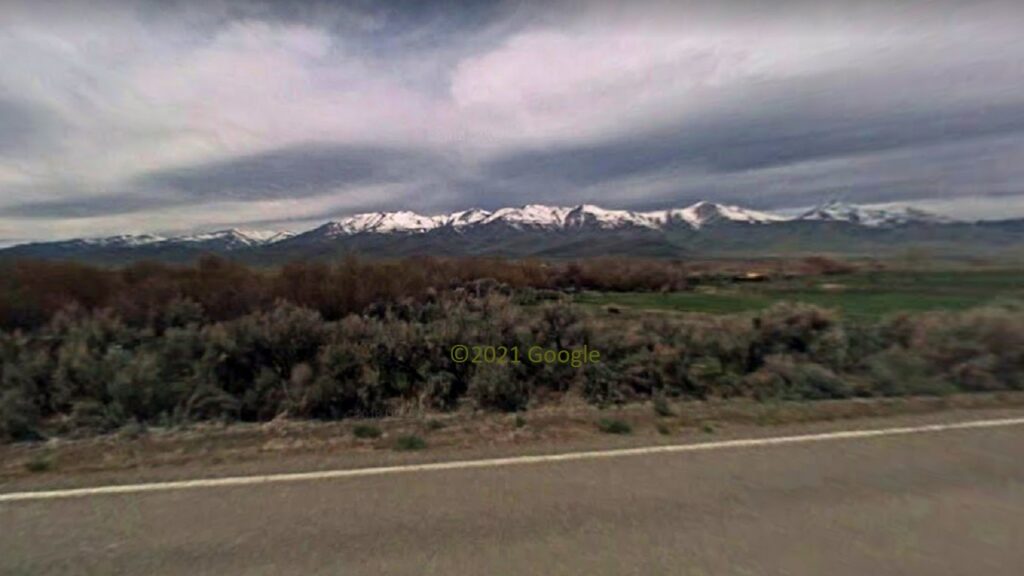
(generic desert photo in Nevada)
Here is part of his first email to me:
“I found you after something amazing [happened] tonight . . . somewhere in … Nevada … These creatures are big enough and defensive enough to pose a genuine and serious threat to life …”
“Approximately 9:20 pm Saturday, 02 October, 2021 (tonight) … While studying … on the computer in the garage, I heard something very heavy land on the tin roof … Quickly, I turned off the lights. And, quietly, and very carefully I opened the door and went outside. . . .”
“The garage’s roofline measures 26 ft wide. This creature’s wingspan spread wider by about 2 feet on each side and its wingtip flapped within about 4 feet of my head as I opened the door. . . . its wing appeared nearly light/tan/brown/sandy on the topside, but more the color of the night sky underneath. . . .”
“The wingtip didn’t look like feathers, but it looked very much like a gigantic bat’s wing. . . . It makes an audible whooh whooh whooh sound of much air moved as its mighty wings power it at takeoff and climbing, then starting to flap slower as it gets about 50 or 60 yards above the terrain (or at least this big one did). . . .”
“Over the past few weeks, many of my neighbor’s barn cats disappeared (neighbor to the north). Something at night has been eating her cats. Every few nights I hear a cat screaming its last breath trying to fend off something, which kills it very quickly.”
At first, I thought it might be coyotes or a ranch dog loose at night. But, when I realized I haven’t heard or seen coyotes for quite a while now (very unusual). And, when she asked me to look around for tracks, I found no coyote tracks or dog tracks, or tracks of any kind. Only tracks of her barn cat tracks and some chickadee and quail tracks. And, while eagles and owls often land on their prey while leaving no tracks, you see wing tracks/markings when they get a jackrabbit (we saw only 1 this year, which is very unusual). . . .”
The most complete nonfiction book on sightings of modern pterosaurs: Searching for Ropens and Finding God (fourth edition)
###
.
Pterodactyl Kills Chickens and House Cats in Nevada
A particular modern pterosaur has now been tied to chicken loses in both central Utah and in Nevada. Earlier in October of 2021 I gave it the name “Draper Ropen”, and it was last seen in a rural neighborhood of Nevada on October 2, 2021. It has also been killing barn cats in that same farming community.
.
Best Youtube playlist for newcomers to pterodactyl sightings
For those who have not yet been introduced to the videos of the channel “Protect Animal Life”, this is the best playlist: some of the finest and most popular modern-pterosaur videos.
.
Modern pterodactyls promoted by a nonprofit organization
Jonathan Whitcomb now leads “Animal Discovery” as its first executive director, and ropens will be an important part.
.
Popular ropen video on Youtube
See why this living-pterosaur video is among the most popular on the channel “Protect Animal Life” (interviewing J. Archer).
.
Does a pterodactyl pack hunt bats at night in southern Texas?
.
Dinosaur book for children and teens
The Girl who saw a Flying Dinosaur is a nonfiction book, but it’s not technically about dinosaurs: It’s a short cryptozoology book about apparent living pterosaurs. Let’s begin with a list of some of the benefits available to young readers . . .
.
. . . many human deaths may have been caused by attacks from what some Native Americans in British Columbia call the “devil bird.”
.
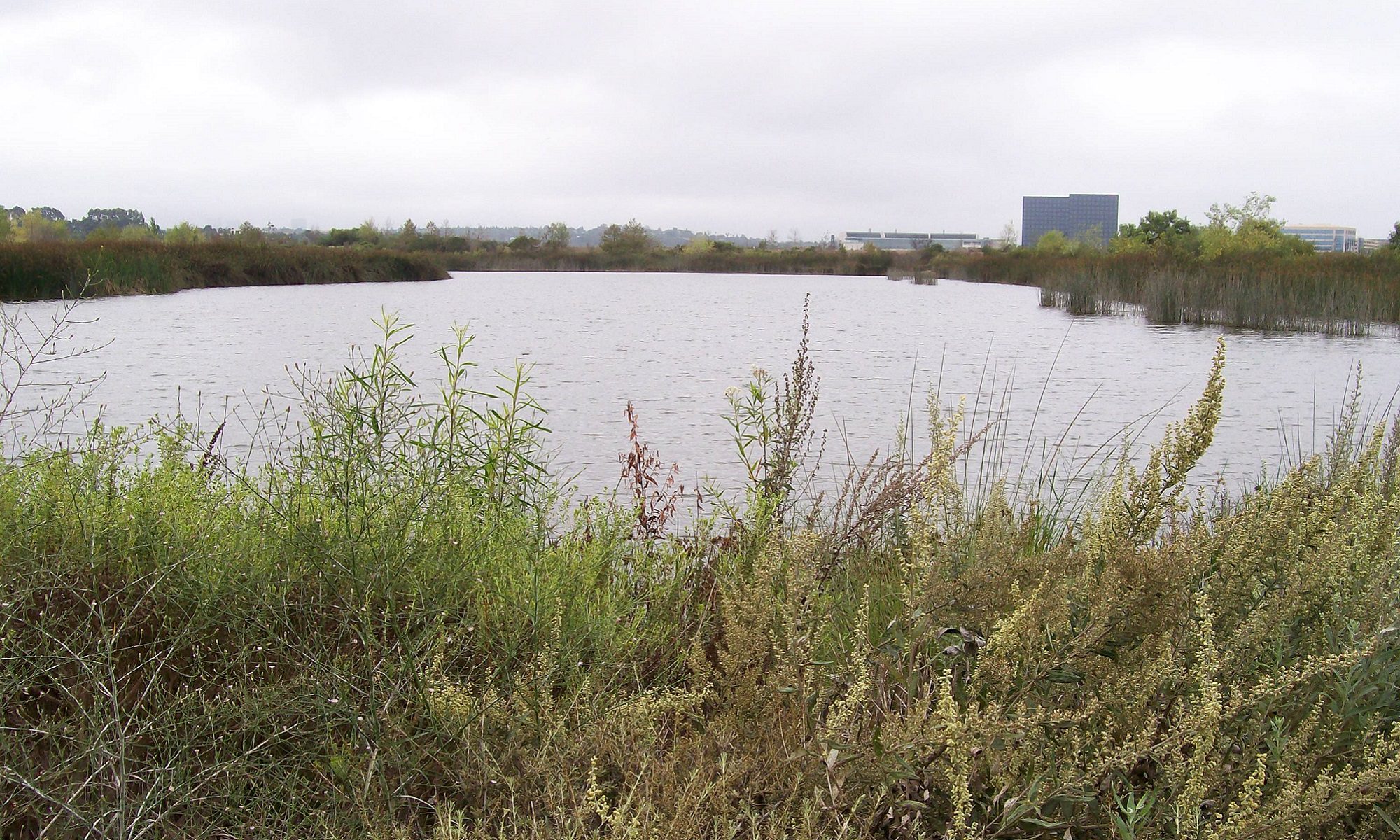


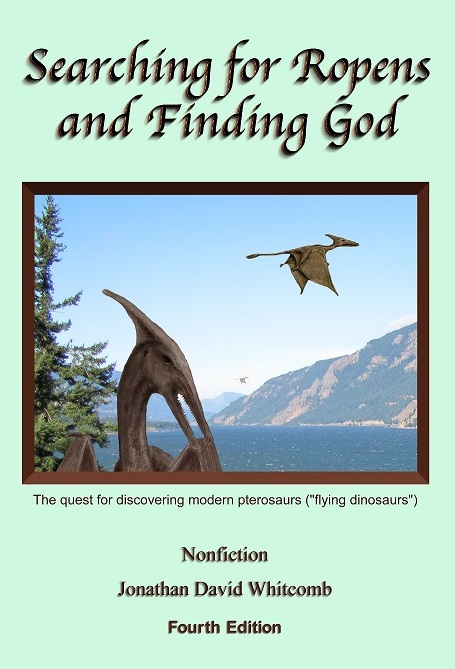
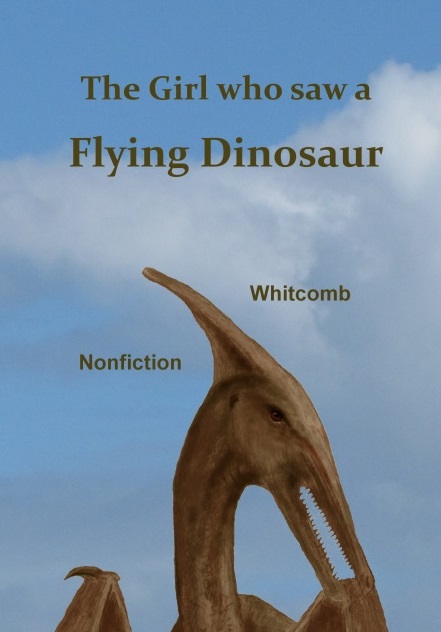
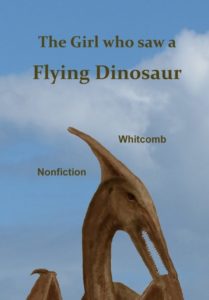
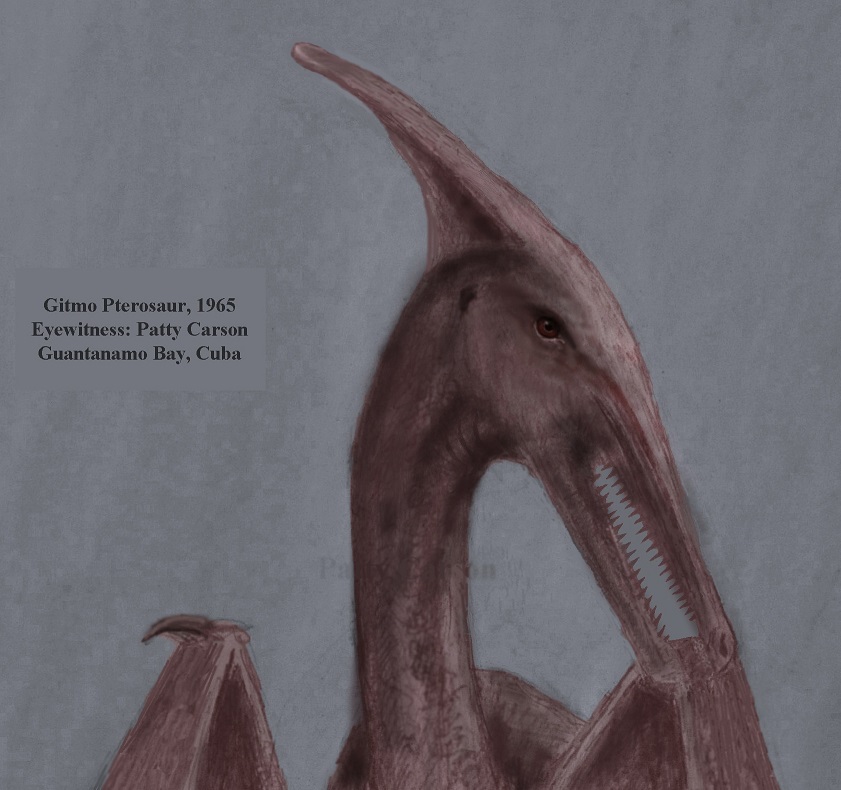
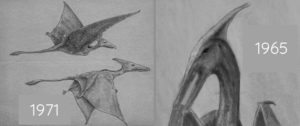
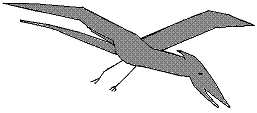
 Jonathan Whitcomb on Umboi Island
Jonathan Whitcomb on Umboi Island Sling shots, gifts for villager leaders
Sling shots, gifts for villager leaders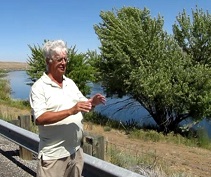
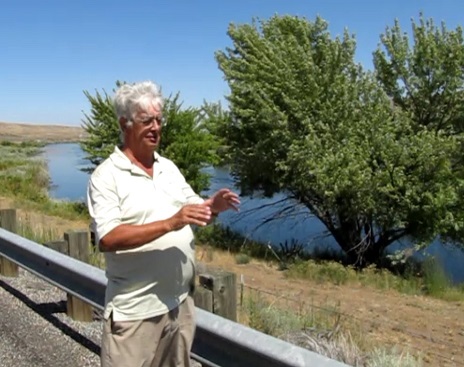 Peter Beach explains how the flying light left this tree at night
Peter Beach explains how the flying light left this tree at night